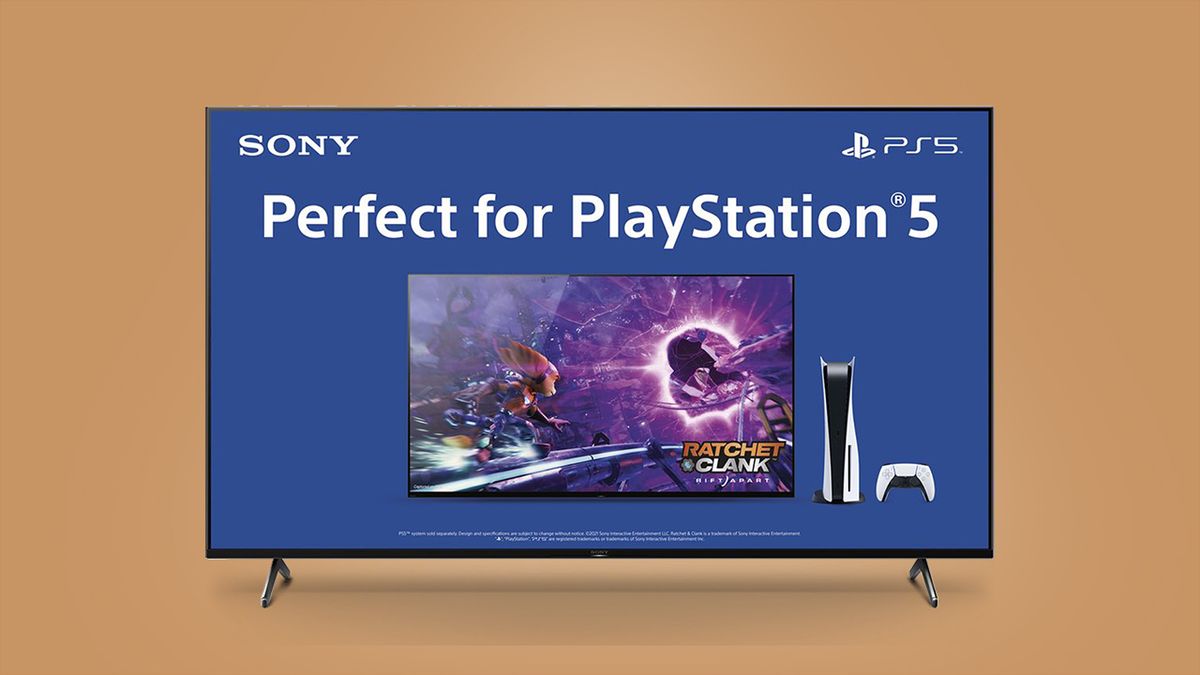
There’s great news for people who bought one of Sony’s ‘Perfect for PlayStation 5’ LED TVs from 2021 or 2022 and who game on it using a PS5 or Xbox Series X – you’ll now be able to get both full video quality and VRR at the same time!
Until now, activating variable refresh rates on Sony’s LED TVs that use its XR Cognitive Processor turned off the localized dimming feature of the backlight, meaning that you didn’t get as good HDR contrast if you had VRR on. We still ranked some of these TVs as being among the best gaming TVs due to their great other features, but this was definitely a major frustration.
But now an update is rolling out to relevant TVs that fixes this issue, so VRR and local dimming can live in harmony. It affects the Sony X90J, Sony X95J and Z9J 8K TV from the 2021 models, and the Sony X90K, X95K and Z9K from its 2022 models. The change was spotted by TV reviewer Vincent Teoh (opens in new tab).
The update appears to be available now, but some TV software upgrades take time to roll out, so check in the settings to see whether v6.5929 is available for you yet.
Sony’s rolled out firmware update v6.5929 to enable local dimming in VRR mode on BRAVIA XR LED LCDs from 2021 (X90J, X95J, Z9J) & 2022 (X90K, X95K, Z9K), thus improving contrast performance during VRR gaming. I don’t have any of these TVs to test, but let me know how you get on! pic.twitter.com/NwIFsjGrTOJune 29, 2022
The update doesn’t affect Sony OLED TVs that support VRR, such as the Sony A90J, because these don’t use the same kind of local dimming tech. It also doesn’t change anything for the Sony X85J and Sony X85K, which also support VRR and use LED backlights, but these don’t have XR-processor-powered local dimming, so it wasn’t an issue there.
Opinion: Sony needs to talk through its problems more
It was strange that this was a problem in the first place, considering the lengths Sony has gone to make sure that its own TVs are very tempting to PS5 owners. One of the key features of the ‘Perfect for PlayStation 5’ TVs is ‘Auto HDR Tone Mapping’, where the PS5 is able to recognise which Sony TV model you have, and tune its HDR output to make the most of your set’s maximum brightness and deepest dark tones.
At around the same time, Sony finally added VRR to the PS5, which means that games can have framerates that shift and up down without causing screen tearing, giving more flexibility to developers.
So to have your TV’s specially-supported HDR capabilities hobbled by the other fancy new graphical feature felt like a major oversight. We approached Sony at the time to find out if a fix for this issue was on the cards, but Sony declined to comment about possible future plans.
This communication has been an on-going annoyance with Sony TVs and gaming features: at launch, the X90J didn’t support VRR, for example, despite Sony saying that it would come. So we waited and waited, but there’s was no indication of when to expect it, leaving buyers who’d bought it assuming the feature would come to wonder if they’d been duped. It did arrive, eventually, of course.
By comparison, LG has commented on feature updates and problems in the past as they occur – even if it’s been unable to give any specifics, we’ve seen the company say that it’s aware of issues and is working on a fix. That’s helpful and reassuring!
Sony TVs remain massively popular, and for good reason – it makes some of the best 4K TVs around. I would happily recommend the X90J as one of the best 120Hz TVs for gamers. And we’re in the process of reviewing the new Sony A80K OLED TV, and its performance matches more expensive TVs.
But as TVs rely more and more on updates to add features as time goes on, I think Sony needs to become a bit more open customers.
